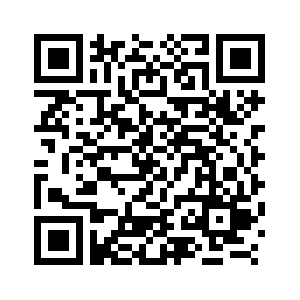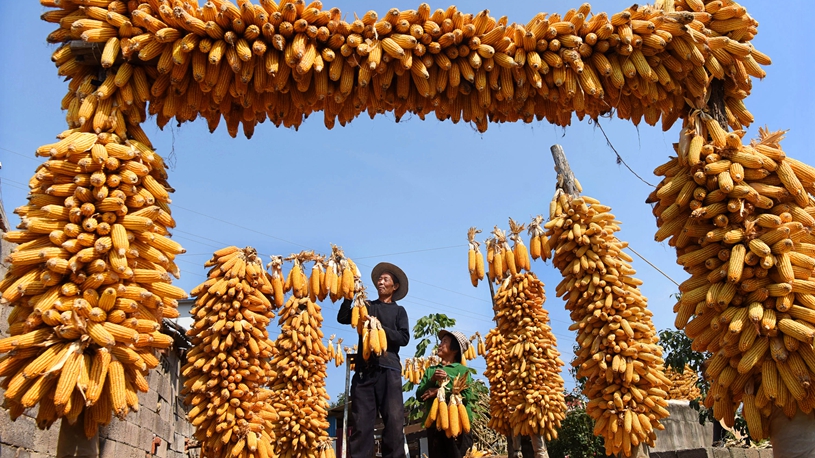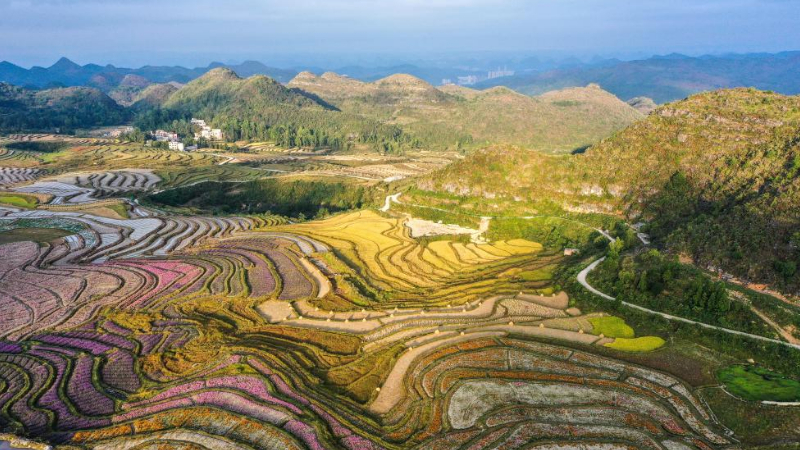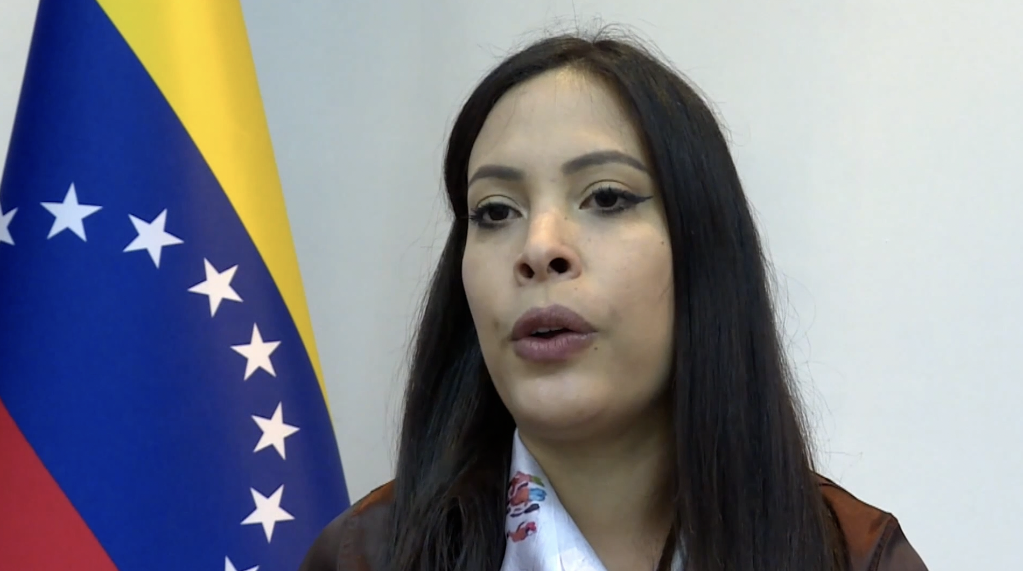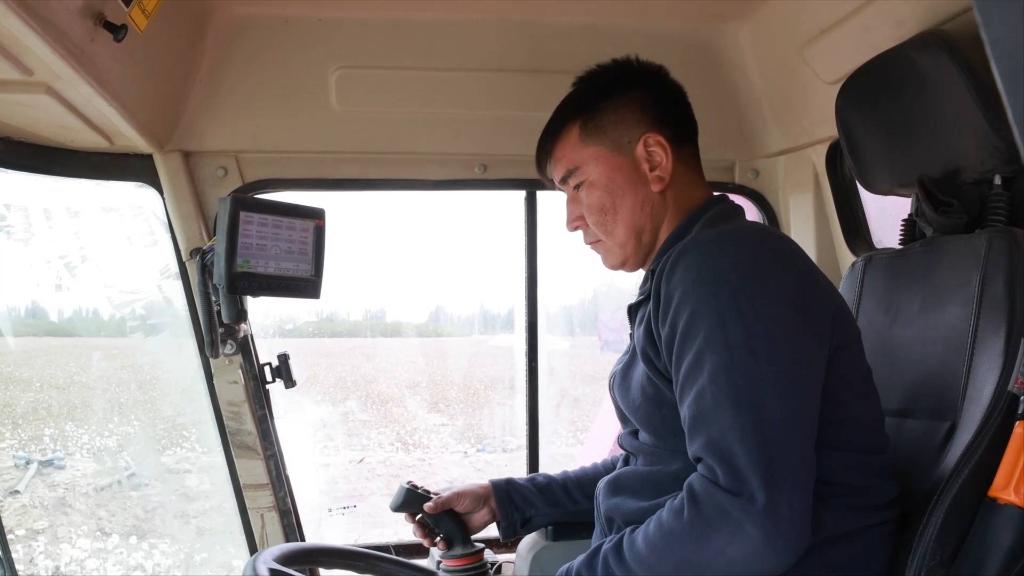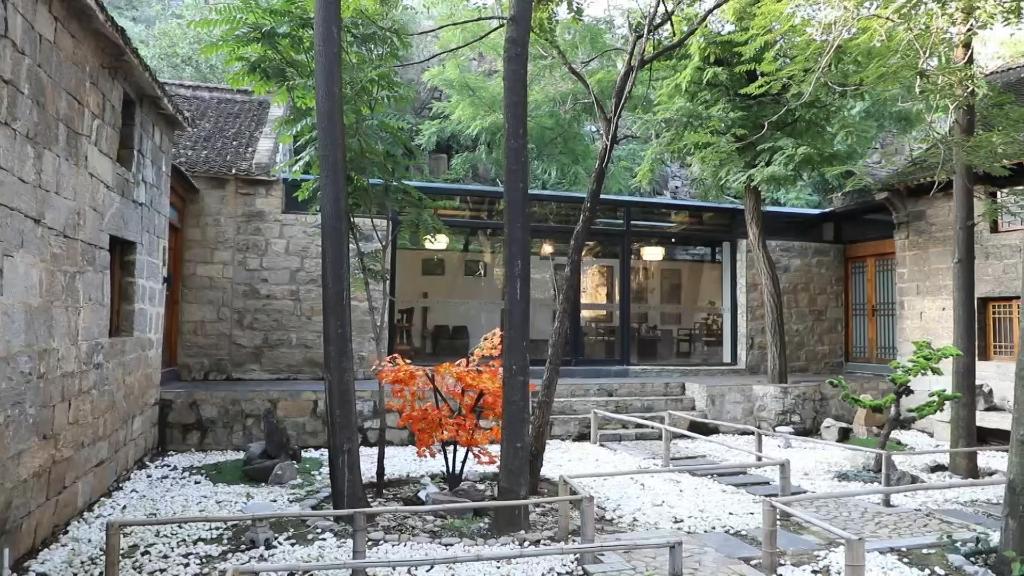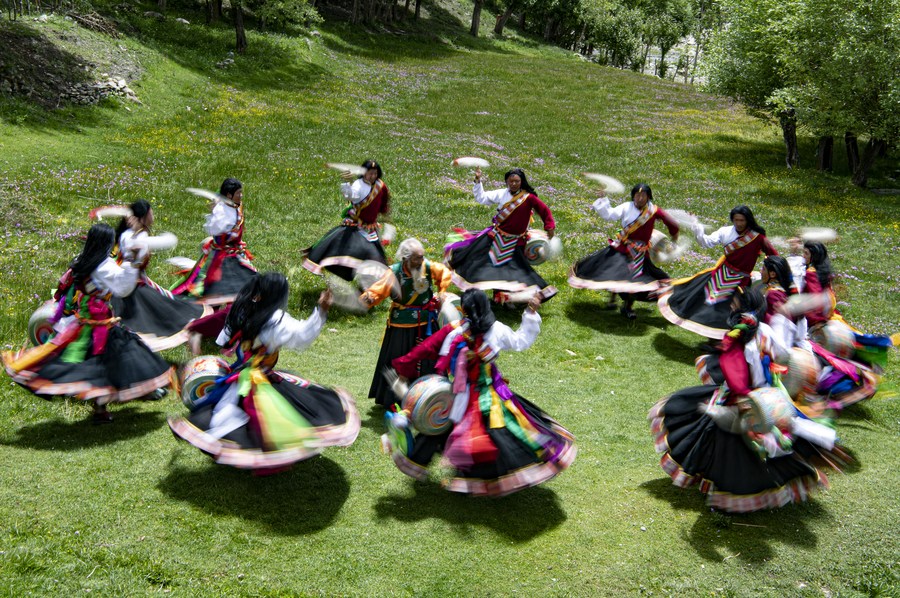
Dancers perform Jiuhe Zhuo Dance, a national intangible cultural heritage, in Jiuhe Village of Qonggyai County in Shannan, southwest China's Tibet Autonomous Region, July 1, 2020. (Xinhua/Purbu Zhaxi)
LHASA, Oct. 10 (Xinhua) -- The total output of the culture industry in southwest China's Tibet Autonomous Region grew more than fourfold to 6.9 billion yuan (about 971.9 million U.S. dollars) over the past decade, local authorities said.
The output registered an annual growth rate of over 15 percent on average, Gan Liquan, deputy director of the regional department of culture, told a press conference on Sunday.
Over the past decade, more than 400 million yuan, earmarked by both the central and regional governments, was spent on the protection of intangible cultural heritage, Gan added.
Tibet now has three items (Gesar, Tibetan opera, and Lum medicinal bathing of Sowa Rigpa) included on the UNESCO Intangible Cultural Heritage List. There are 106 items on the national intangible cultural heritage list with 96 state-level representative bearers and 460 items on the regional list with 522 regional-level representative bearers.
The region has named eight counties, townships, and villages with intangible cultural heritage characteristics, and 19 intangible cultural heritage tourist attractions.
A total of 121 intangible cultural heritage workshops have been established in the region, creating jobs for 3,053 people from 2,271 households and increasing monthly incomes by more than 3,200 yuan on average, Gan said. ■
